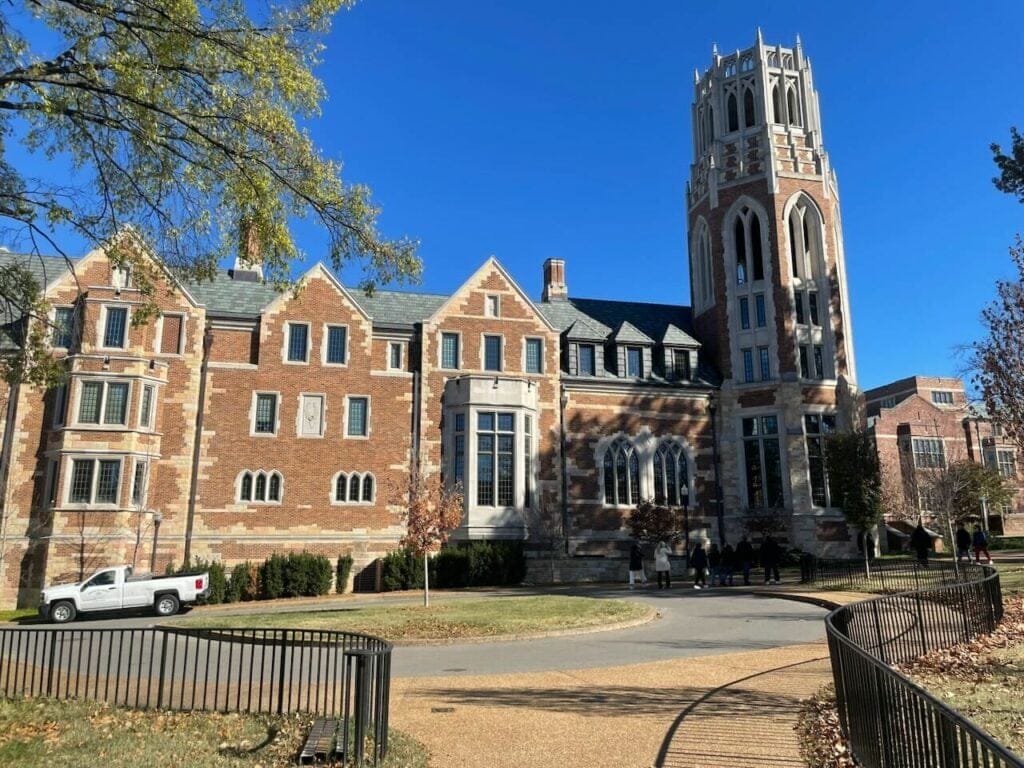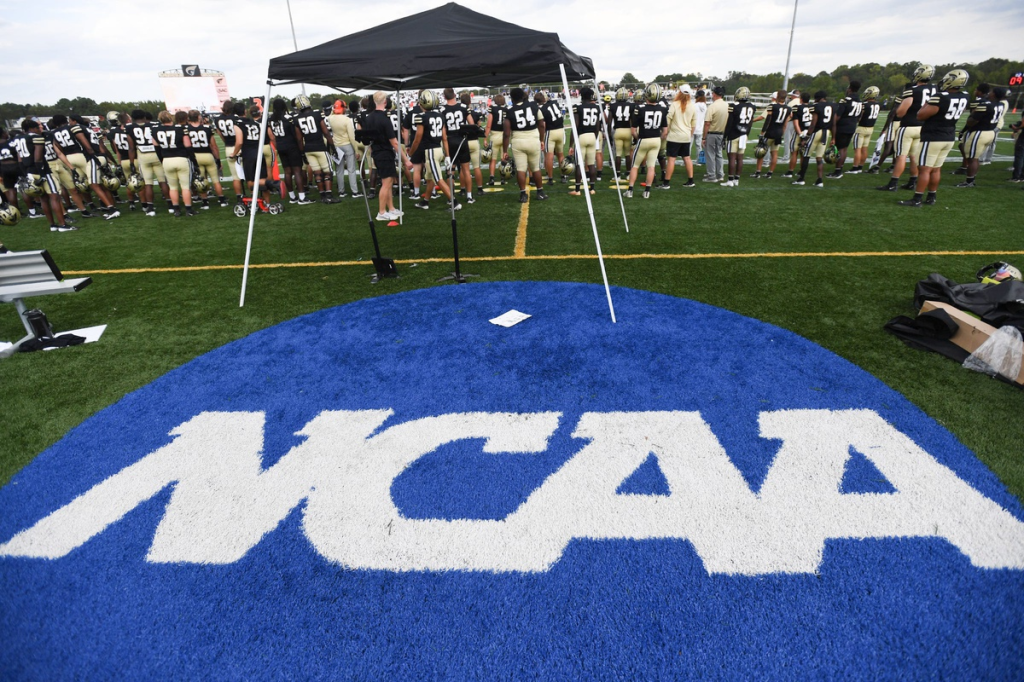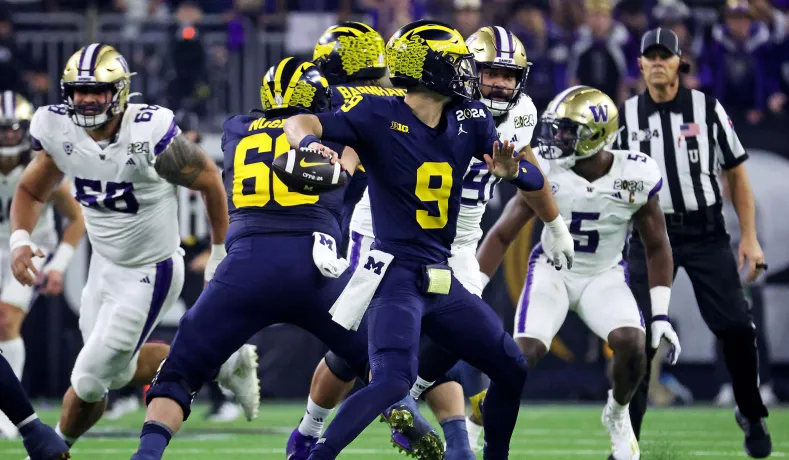In recent years, the role of universities has evolved dramatically, no longer confined to the traditional realms of academic instruction and research. In many ways, they have expanded into multi-product institutions, much like the Frankenstein Monster in Mary Shelley’s classic novel—an entity stitched together from disparate parts, which may not always function seamlessly as one.
Take Vanderbilt University, for instance. An economist there once remarked, “Vanderbilt is a medical center with a university as a side business,” a reflection of how the institution’s healthcare revenues have outgrown those generated by its academic endeavors. This observation highlights a broader trend seen in universities around the world today, where non-academic functions—such as athletics, vocational education, and recreational services—have risen to the forefront, becoming major products in their own right.
Universities as Multi-Product Institutions
The traditional view of universities as solely academic institutions has long been outdated. Decades ago, universities primarily offered arts and science programs, focusing on building intellectual foundations. However, as demands from students and the market shifted, institutions expanded their offerings to technical and vocational fields like business, healthcare, and technology. This growth is especially visible in universities across the U.S., where non-academic services such as recreational facilities, campus activities, and even athletics have become highly profitable areas of focus.
In economic terms, this evolution mirrors a shift from academic investment to consumer-driven demand, where universities no longer just cater to educational aspirations but also provide holistic experiences for students. This change, captured in the popular term “college experience,” has made universities more akin to complex enterprises, delivering a wide array of services—much like the Frankenstein Monster who was cobbled together from various parts but lacks harmony.
Athletics: More Than Just a Support Function
Intercollegiate athletics is a prime example of a university function that has outgrown its initial role as a mere academic support system. In the mid-20th century, sports like football and basketball were considered complementary activities that supported a university’s core mission of education. However, in today’s landscape, athletic programs, particularly at large universities, are significant revenue-generating entities in their own right.
In fact, some universities are better known for their athletic prowess than their academic achievements. Schools like Penn State and Western Kentucky University (WKU) have massive sports programs, with football and basketball at the forefront of revenue generation. These athletic programs not only command vast financial resources but also influence decisions within the academic structure of the university. It’s not uncommon for a head coach to earn far more than the university president, which raises questions about priorities and governance in these institutions.
Athletics, like other growing non-academic departments, has become its own independent structure within universities, often dictating decisions and influencing operations far beyond the scope of the academic mission. However, this integration creates what many have likened to a “Frankenstein’s monster”—a university sewn together from mismatched priorities and diverging functions, all governed by a central administration that may not fully grasp the complexities of each segment.
The Vanderbilt Example: A Frankenstein Monster of Academia
Vanderbilt University provides a fitting example of how the modern university operates as a Frankenstein Monster. Over the past few decades, the Vanderbilt University Medical Center (VUMC) has outpaced the academic side of the university in terms of revenue generation. Today, VUMC operates almost as its own entity, with its size and influence outstripping that of the traditional academic branches of the university.
This transformation is emblematic of the broader trend in higher education. Medical centers and large athletic departments have become dominant forces in many institutions, often dictating organizational priorities. The Frankenstein Monster analogy is apt—universities like Vanderbilt have evolved into entities with various functional parts (academics, medicine, athletics), often sewn together into a structure that doesn’t always work harmoniously. The result is a clunky, poorly integrated organization where decisions meant to benefit one area may not serve the needs of another.
For example, centralizing decision-making structures to accommodate the healthcare sector has created inefficiencies on the academic side of Vanderbilt’s operation. Faculty and staff in the traditional academic disciplines often find themselves overshadowed by the influence of the medical center or athletics, both of which command larger revenues and public attention.
Athletics and Governance: A Growing Disconnect
At large, revenue-driven universities, athletics has evolved into a Frankenstein-like appendage of the academic institution. The significant revenues generated by sports programs often overshadow academic concerns. This shift in balance raises questions about governance and oversight.
For instance, a coach for a university football team might be earning millions of dollars annually, far outpacing the salaries of university presidents, professors, or administrative staff. In these cases, coaches hold considerable influence, creating a situation where traditional academic governance is superseded by athletic concerns.
The Frankenstein Monster analogy becomes more fitting when considering the governance structures that oversee athletics. Many universities have created perfunctory athletic oversight committees composed of faculty and staff, but these groups often lack the power or authority to make substantial changes. The decision-making power in athletics frequently rests with donors, trustees, and external figures, making it difficult for faculty and academic leaders to influence the operations of sports programs effectively.
The Unintended Consequences of Sewn-Together Institutions
As universities continue to expand their “product lines,” incorporating elements as diverse as vocational training, intercollegiate sports, and medical centers, the governance and management of these institutions become increasingly unwieldy. The result is a patchwork of departments, each with different priorities and demands, which sometimes conflict with one another. These challenges manifest in various ways, including:
- Resource Allocation Conflicts: Revenue from non-academic ventures often gets channeled into maintaining or expanding those areas, sometimes to the detriment of academic programs. Faculty may feel sidelined as universities prioritize more lucrative departments like athletics.
- Erosion of Academic Integrity: In the quest to maintain high-profile athletic programs, universities may compromise on academic standards, allowing athletes with minimal academic interest or ability to enroll simply to support their sports teams.
- Inefficiency and Bureaucracy: With so many different “dogs” sewn together, the institutional structure of universities can become slow-moving and inefficient. Decisions may be delayed or made without adequate input from all stakeholders, leading to friction within the institution.
The Frankenstein Monster analogy highlights the challenges facing modern universities as they expand their roles and integrate various functions into a single organizational structure. Whether it’s Vanderbilt’s shift toward becoming a medical center with a university on the side or the growing dominance of athletics at large institutions, universities are becoming complex entities, not always suited to the centralized decision-making systems that once governed them.
As universities continue to evolve, they will need to reassess their governance structures, possibly decoupling areas like athletics and healthcare from academics to ensure that each part of the institution is managed effectively and with a clear sense of purpose.






Comments are closed.